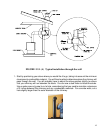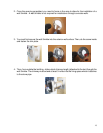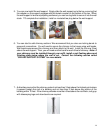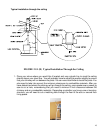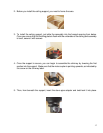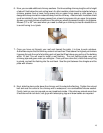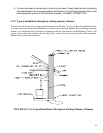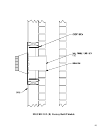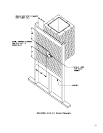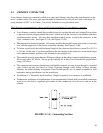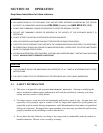
18
6- Now, you can add additional chimney sections. Continue adding chimney lengths until a height
of about 2 feet below the next ceiling level. An attic insulation shield must be installed where a
chimney passes from a lower living space into an upper living space or attic space. It is
designed to keep insulation materials away from the chimney. A second attic insulation shield
must be installed if your chimney passes from a lower living space into an upper living space.
As wee, you must enclose all sections of the chimney where is passes through a living space.
Elbows (15
o
or 30
o)
are used when you need to offset your chimney to clear an obstruction or
to avoid having to cut joists.
7- Once you have cut through your roof and framed the joists, it is time to work outdoors.
Authorities require that the chimney extend not less than 3 feet above the highest point where
it passes through the roof of a building and not less that 2 feet above any portion of the building
within 10 feet. You will need to install a roof flashing. The roof flashing slides over your
chimney pipe and goes under your shingles. Once you have done that, check that everything
is plumb, and nail the flashing into the roof deck. Seal the joint between the shingles and the
plate with silicone.
8- Next, slide the storm collar down the chimney until it contacts the flashing. Tighten the nut and
bolt and seal the collar to the chimney with a waterproof, non-combustible silicone sealant.
Finally, twist on your rain cap and you can head back inside. If the chimney extends more than
5 feet above the roof deck, roof guys with telescoping legs and draw bands are required.





